In the United States, car accidents are a common occurrence. Accidents, whether minor fender benders or major collisions, can cause significant stress and financial burden. This is where no-fault insurance comes in - it provides a way for drivers to recover damages without having to prove who was at fault for the accident. This blog post will explore no-fault insurance, how it works, and its benefits for American drivers.
What is no-fault insurance?
No-fault car insurance covers damages irrespective of who is at fault in an accident. In a conventional fault-based insurance system, the driver responsible for the crash is liable for the other party's damages. However, in a no-fault system, each driver's insurance company pays for their damages, regardless of who caused the accident.
No-fault insurance is mandatory in some states, including Florida, Hawaii, Kansas, Kentucky, Massachusetts, Michigan, Minnesota, New Jersey, New York, North Dakota, Oregon, Pennsylvania, and Utah. In these states, drivers are required to carry no-fault insurance coverage in addition to liability insurance.
How does no-fault insurance work?
In a no-fault insurance system, each driver's insurance company pays for their damages, regardless of who caused the accident. For example, suppose you are involved in a car accident. In that case, you will file a claim with your insurance company to recover damages rather than filing a claim with the other driver's insurance company.
No-fault insurance typically covers medical expenses, lost wages, and other damages resulting from a car accident. However, there are usually limits on the amount of coverage available, and drivers may need to purchase additional coverage to protect themselves fully.
Benefits of no-fault insurance
There are several benefits to no-fault insurance for American drivers. Some of the most significant advantages include the following:
- Simplified claims process
The simplified claims process is one of the most significant benefits of no-fault insurance. Since each driver's insurance company pays for its damages, there is no need to determine who was at fault for the accident. This means that claims can be processed more quickly and efficiently, reducing the stress and burden on drivers.
2. Reduced legal costs
In a traditional fault-based insurance system, determining who was at fault for an accident can be complex and time-consuming. This often requires hiring lawyers and going to court, which can be expensive and time-consuming. However, in a no-fault system, there is no need for legal action, which can significantly reduce legal costs.
3. Faster payment of claims
Since no-fault insurance claims do not require a determination of fault, they can often be paid out more quickly than fault-based claims. This means that drivers can receive the financial support they need more quickly, reducing the financial burden of an accident.
4. More comprehensive coverage
No-fault insurance typically covers more types of damages than traditional liability insurance. For example, no-fault insurance may cover medical expenses, lost wages, and other damages resulting from a car accident. In contrast, liability insurance only covers damages to other people's property or injuries they sustain.
5. More affordable premiums
In some cases, no-fault insurance premiums may be more affordable than traditional liability insurance premiums. No-fault insurance claims are typically paid out more quickly, reducing the insurance companies' risk. Additionally, since each driver's insurance company is responsible for paying their damages, there is less risk of expensive legal battles that could drive up insurance costs.
In conclusion, no-fault insurance can provide several benefits for American drivers, including a simplified claims process, reduced legal costs, faster payment of claims, more comprehensive coverage, and more affordable premiums. While it may not be available in all states, for those living in states where it is mandatory, it can provide an efficient and effective way to recover damages after a car accident. It's important to understand the limitations of no-fault insurance, such as the potential for lawsuits outside of insurance coverage and limits on available coverage. By carefully considering your insurance options and ensuring adequate coverage, you can protect yourself financially and recover from any damages resulting from a car accident. No-fault insurance is a valuable tool for American drivers, providing peace of mind and financial protection in an accident.


